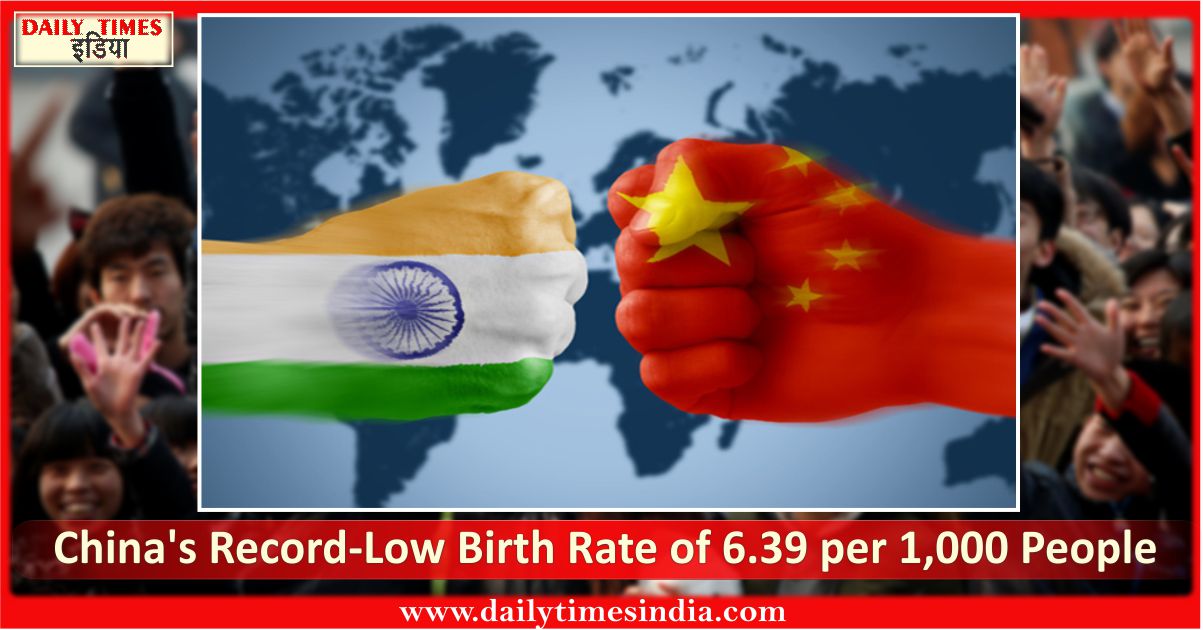India Overtake China: In a significant demographic shift, China’s population has experienced a decline for the second consecutive year, raising concerns about the future trajectory of the world’s second-largest economy. The recent data from China’s Bureau of Statistics reveals that the country’s total population now stands at 1.409 billion, showing a decrease of approximately 20 lakh (2 million) from the previous year.
This decline is attributed to a combination of factors, including an increase in the death rate and a simultaneous decrease in the birth rate. The lifting of Covid-19-related restrictions in China is expected to contribute to this trend, as demographers anticipate a notable impact on both mortality and fertility rates.
The economic and social implications of this population decline are significant. China’s average population is undergoing a demographic shift, with an increasingly aging population posing challenges to the workforce and potentially slowing economic growth over time.
China’s birth rate, according to official figures, has reached a record low of 6.39 per 1,000 people. This decline in birth rate has been a persistent challenge, despite efforts by the Chinese government to reverse the trend. The controversial one-child policy, in place from 1980 to 2015, was followed by various subsidies and incentives to encourage families to have more children. However, these measures have not had the desired impact, and the birth rate continues to decrease.
Contrastingly, India has maintained its position as the world’s most populous country, overtaking China in the previous year. India’s population has now reached 1.425 billion, showcasing a continuous upward trajectory. The contrast between the population trends in China and India underscores the diverse demographic challenges and strategies employed by these two Asian giants.
In China, the declining birth rate is linked to factors such as urbanization and changing priorities among women, who increasingly prioritize quality of life and career over having larger families. This shift in societal values adds complexity to the challenge of addressing the demographic imbalance in China.







